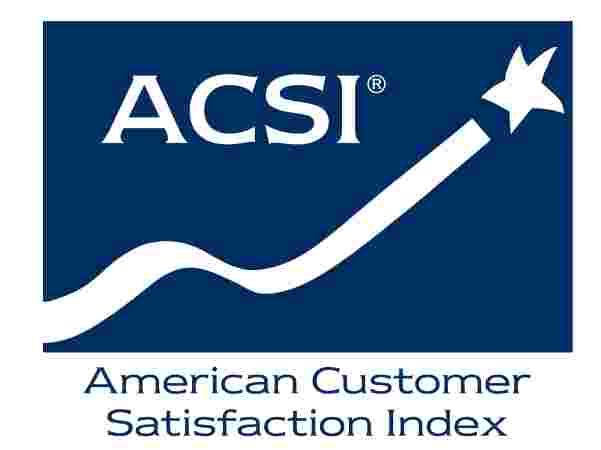
Adapted from Dr. Claes Fornell's book | February 9, 2018
The Satisfied Customer: Winners and Losers in the Battle for Buyer Preference
Sometimes companies improve customer experience, yet customer satisfaction decreases. This can happen in a dynamic, competitive environment.
A few years back, we were working with a leading mobile phone company. It was clear that there were four "Key Action Areas" in which to improve customer satisfaction in the coming year. Two were product related and the others service related.
The dilemma was that each of the Key Action Areas required a significant investment and might take more than a year to implement. Taking on all four would be expensive. But there was no choice. It was decided to improve across all of the key areas, but the allocation of resources was to be proportional to the impact on overall customer satisfaction. In this way, initiatives in the small business segment were balanced with the priorities of the residential and large business customer segments.
Despite these efforts, customer satisfaction dropped. Management was upset. Money had been spent, resources had been allocated, and careers were on the line. What had happened?
It was now clear that the reason for the disappointing customer satisfaction results was that nobody was standing still.
As we poured over the data, a major culprit emerged: Internet services. It was one of the four Key Action Areas. The analysis showed that the company would be rewarded greatly for improvements in this area, but that it would be punished even more if it didn't improve. Sure enough, customers didn't see an improvement in the company's web service. We had great strides in the other Key Action Areas, but not enough to offset the lack of progress in Internet services.
"But we have made progress and we are not standing still," objected one of the senior executives, citing a long list of things that the company had done to improve its web service. According to all objective standards, there had been considerable improvement. How is it possible that customer satisfaction can decline when most of its drivers have improved? Why were customers "experiencing" worse service now, when it was demonstratively better? And, worse, why was the effect overwhelming all the other positive things the company had done?
We didn't have to look far for the answer to the first question. The market demand for Internet services had tripled over the past year. The lower score was due to the fact that the company now had three times as many customers, many of whom had little experience with the company's product and services. Add that to the fact that it is always more difficult to serve more customers—not simply because it requires more resources, but also because more customers also bring added heterogeneity, which requires more service resources.
The second question has to do with the fact that all measures are context dependent and everything is relative. When customers compared the company's products to their ideal product, the company was not just coming up short; the importance of the comparison itself had taken on greater significance. It was now clear that the reason for the disappointing customer satisfaction results was that nobody was standing still. Competition was moving faster and doing things better. Customers changed. But things could have been worse.
Management did improve product and service—however, it didn't improve relative to competition. But if it hadn't addressed the four Key Action Areas, it would have been left even further behind.
CFI Group offers expertise in designing experience measurement solutions that help you manage customer relationships. Contact us for more information on how we can help you compete for customers.
Other Resources
- Date
- September 7, 2023
by David Ham | September 7, 2023 With the amount of money involved in professional sports contracts, the current trend toward deeper analysis makes good business sense. However, […]- Date
- June 2, 2023
by David Ham June 1, 2023 I will start by stating the obvious, inflation is forcing consumers to make tradeoffs and difficult decisions. This puts businesses […]- Date
- August 1, 2022
by David Ham August 1, 2022 Five years ago, I wrote a blog that asked, Is This a ‘Hook-Up’ or a Long-Term Relationship? The post was […]- Date
- May 24, 2022
by Omar Khan May 24, 2022 A few years before getting my first job as a consultant, I spent a summer abroad in the United Arab […]





